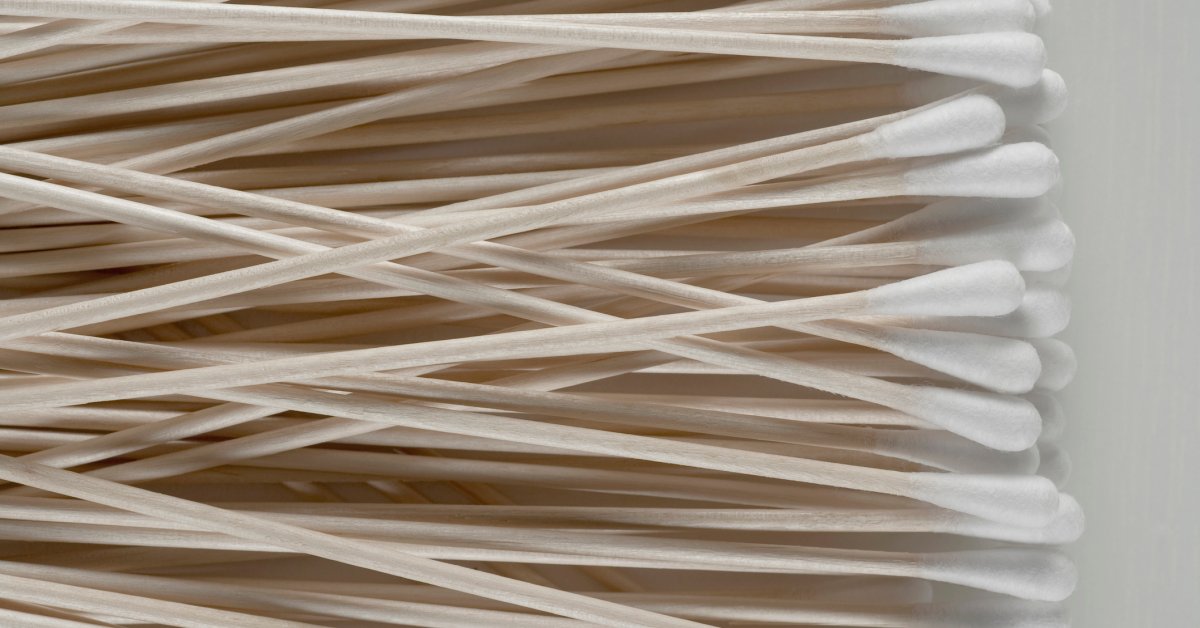
But recent coverage of the fact that Omicron tends to cause sore throats, and a small study finding that test samples collected in the throat might detect the presence of the virus earlier than samples collected in the nose, have led to growing online questions about whether people should swab their throat instead of their nose when using a rapid self-test.
The FDA authorized the tests based on studies showing that nasal swab samples are effective for picking up signs of SARS-CoV-2, and manufacturers of the at-home rapid antigen tests also stress that their kits are designed and most accurate for testing with nasal samples.
A spokesperson from Abbott, which makes the popular BinaxNOW kits, says the test, using a nasal swab, is 95.6% sensitive in detecting virus in people within seven days of having symptoms, when they are the most infectious.
Researchers at the University of California, San Francisco (UCSF) reported the results of a study comparing nasal swabs done using at-home test kits against the gold-standard PCR tests that require deeper nasopharyngeal swabs performed by health professionals.
But the FDA has not authorized any at-home self tests with throat swabs and has warned of the potential dangers of sticking a swab near the throat.“When it comes to at-home rapid antigen COVID-19 tests, those swabs are for your nose and not your throat,” the agency recently posted on Twitter.
The warning came as some people started swabbing their throats with their at-home kits after having read about other countries where throat swabs are more common, and about extrapolating from some studies suggesting saliva samples tested using PCR can provide as reliable, or even more accurate results, than deep nasal samples used for PCR.
While cheek samples contain some saliva, saliva tests are designed differently than rapid self-tests, and currently the FDA has not authorized any completely DIY COVID-19 tests using saliva.
It’s still an open question about whether throat swabs, especially in the context of Omicron’s dominance, should replace nasal swabs in at-home tests.“I personally swab my throat and my nose to get the best sensitivity when I use the over-the-counter tests at home,” said Dr.If the nasal swabs are pretty equivalent in terms of sensitivity to PCR in picking up the virus, then they should be a reliable way to test for COVID-19.